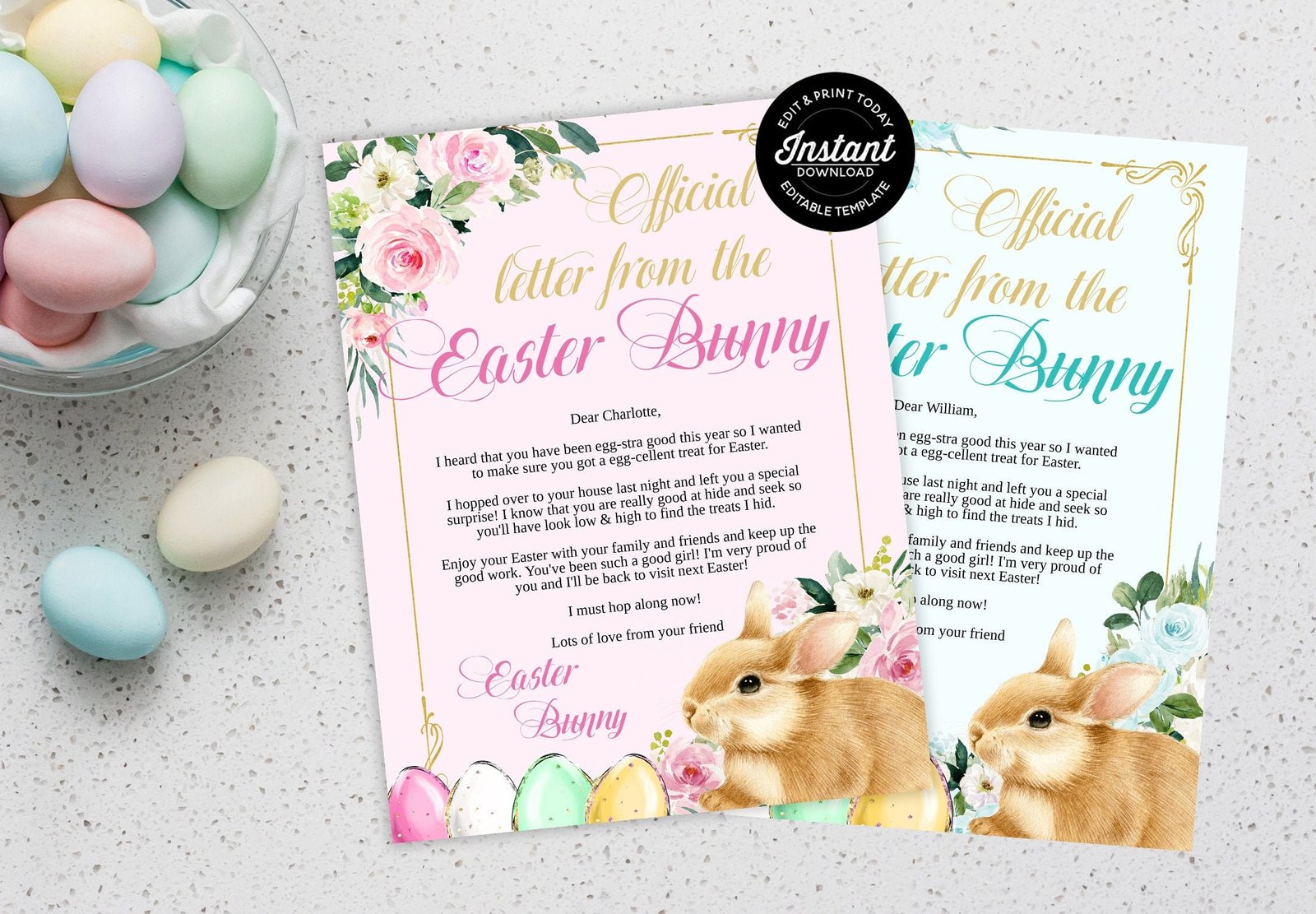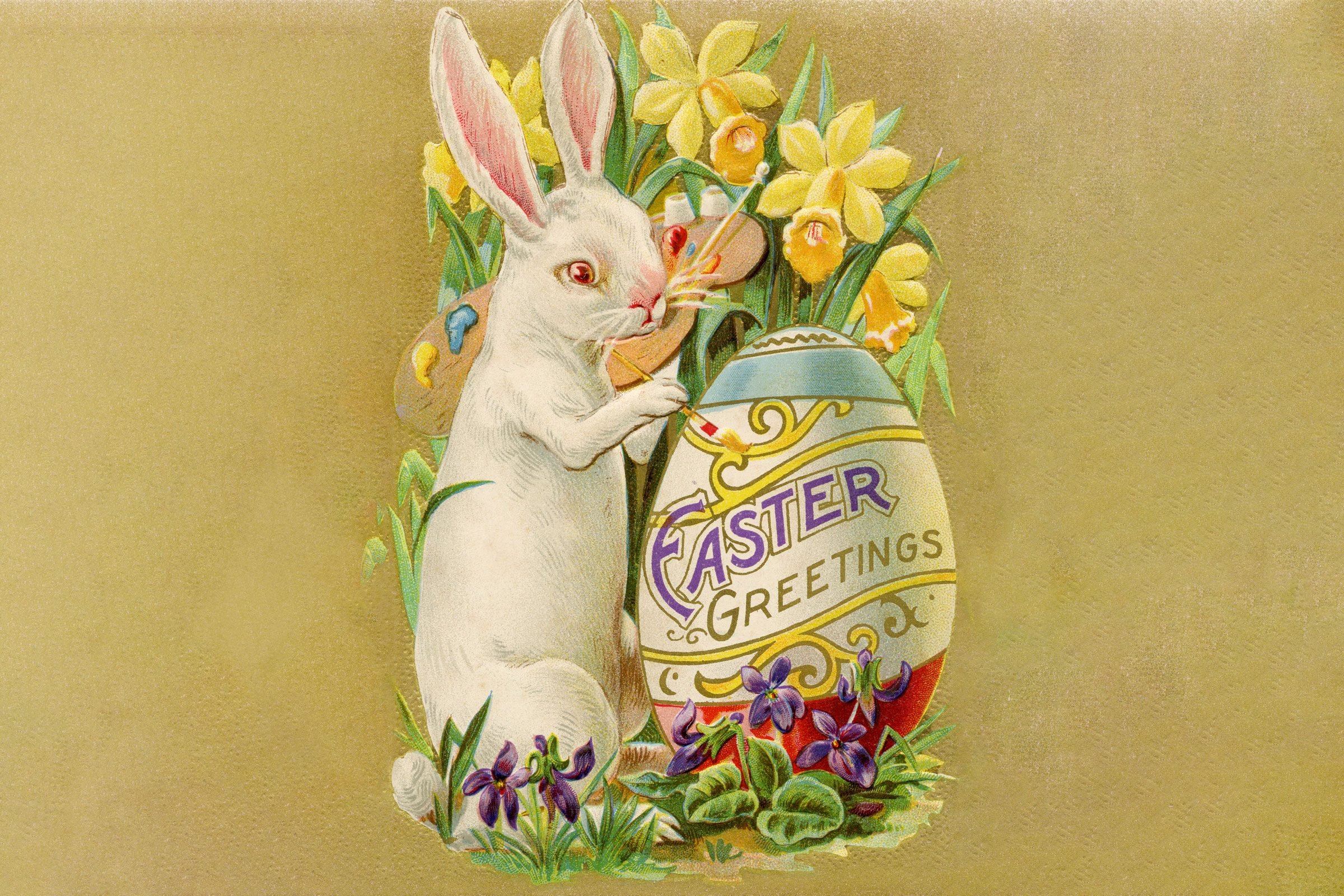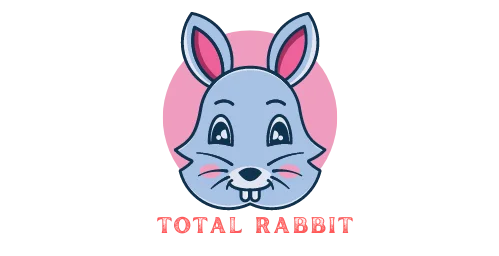So You Got a Bunny for Easter. Now What

You’ve done it. You caved to the kid’s demands and got them a bunny for Easter. Now, you’re probably wondering what in the world you’ve gotten yourself into.
Don’t worry, we’re here to help. Here are a few things you need to do to make sure your new furry friend is healthy and happy.
So you got a bunny for Easter. Now what?
Easter is over and the chocolate bunnies have all been eaten, but you’re still left with a real live bunny.
If you’re not sure what to do with your new furry friend, here are a few suggestions.
First, make sure your bunny has a comfortable home. A small cage or hutch will do, but make sure it’s big enough for your bunny to move around in and has plenty of ventilation.
Line the bottom with hay or straw and provide a water bottle and food dish. Your bunny will also need a litter box.
Next, get to know your bunny!
Spend some time petting and playing with your new friend every day. Bunnies are social creatures so they’ll appreciate the attention. And as you get to know each other better, you’ll be able to tell when your bunny is happy, sad, scared or angry – just like any other animal companion.
Last but not least, keep an eye on your bunny’s health. Check their eyes and ears regularly for any signs of infection, and their teeth to make sure they’re not getting too long (bunnies’ teeth grow constantly). If you notice anything unusual, take them to the vet right away.
With proper care, your Bunny can be a part of the family for many years to come!
What Does the Easter Bunny Have to Do With Jesus
The Easter Bunny is a popular symbol of Easter that is used to represent the holiday in many Western cultures. The bunny first became associated with Easter in the 19th century when German immigrants brought their tradition of an egg-laying hare called “Osterhase” to America.
The exact origins of the Easter Bunny are unknown, but there are many theories about how this furry creature came to be associated with the holiday.
One theory suggests that the bunny originated as a symbol of fertility and new life, which fits with the Christian story of Jesus rising from the dead and bringing eternal life to believers.
Another theory suggests that the Easter Bunny was originally a pagan symbol that was co-opted by Christians when they began celebrating Easter. This makes sense given that many pagan festivals were held around the time of the vernal equinox, which is also when Easter is celebrated.
Whatever its origins, there’s no denying that the Easter Bunny has become a key part of modern Easter celebrations. Whether you see it as a cute and cuddly creature or as a representation of new life and hope, there’s no doubt that this furry friend plays an important role in making Easter special for millions of people around the world.
What Does the Easter Bunny Have to Do With Easter
Easter is a Christian holiday that celebrates the resurrection of Jesus Christ. The most common symbols associated with Easter are eggs and rabbits. It is believed that the Easter Bunny hides eggs for children to find on Easter morning.
The tradition of the Easter Bunny is thought to have originated in Germany.
The connection between rabbits and Easter likely stems from the fact that rabbits are prolific breeders. In pagan cultures, rabbits were often seen as symbols of fertility.
This may explain why some early Christians used rabbit bones to create crosses, believing that they would bring good luck and fertility.
Today, the Easter Bunny is a popular symbol of Easter all around the world. He (or she!) brings joy to children on Easter morning by hiding eggs filled with candy and other treats.
What Does the Easter Bunny Do
The Easter Bunny is a popular character that is often associated with the holiday of Easter. This bunny brings Easter eggs to children on Easter morning and is a symbol of new life and springtime. Although the origins of the Easter Bunny are unclear, it is believed that he originated in Germany in the 1600s.
The first mention of an egg-laying rabbit called “Osterhase” or “Oschter Haws” comes from German Protestant reformer Georgius Dillingerus in 1682. By the 1800s, this tradition had spread to America where the Easter Bunny became a popular figure in folklore and was featured in many stories, poems, and songs. Today, the Easter Bunny is still a beloved character and his image can be found on everything from candy to clothes to decorations.
Is the Easter Bunny Real
According to tradition, the Easter Bunny is a magical, egg-laying rabbit who brings Easter eggs to children on Easter morning. But is this really true? Is the Easter Bunny real?
Well, there’s no clear answer. Some people believe that the Easter Bunny is a symbol of spring and new life, while others think that he (or she) is simply a fictional character created to make Easter more fun for kids. No one knows for sure where the idea of the Easter Bunny came from, but it’s been around for centuries.
So, what do you believe? Is the Easter Bunny real or just an imaginary friend? Only you can decide!
Which Holiday is Rabbit Associated With
Rabbit is most commonly associated with the Easter holiday. This is likely because rabbits are often seen as symbols of new life and rebirth, which fits in well with the Easter story. However, there are a few other holidays that also feature rabbits prominently.
For example, in China, the Rabbit is one of the 12 animals represented in the Chinese zodiac. The Chinese New Year falls on a different date each year (between January 21st and February 20th), but always features a celebration with plenty of food, music, and dancing. Rabbits are also celebrated during Japan’s Hinamatsuri festival, which takes place every year on March 3rd.
This “Girl’s Day” festival includes special foods and decorations featuring peach blossoms and dolls dressed in traditional kimonos.
So while Easter may be the holiday most closely associated with rabbits, there are actually several other occasions throughout the year where these furry creatures take center stage.

Credit: www.rd.com
What Do You Do With the Easter Bunny?
The Easter Bunny is a popular symbol of Easter that is often used in decorations and celebrations. While there are many different ways to use the Easter Bunny in your holiday celebrations, here are a few ideas to get you started:
1. Decorate with Easter Bunny themed items: You can find all sorts of items to help decorate for Easter with an Easter Bunny theme.
Look for window clings, table runners, throw pillows, and more.
2. Make bunny shaped treats: Get creative in the kitchen and make some fun bunny shaped treats. This could be anything from cookies and cakes to fruit snacks and Rice Krispie Treats.
3. Have an Easter Egg Hunt: A classic activity that is always a hit with kids (and adults!) is an egg hunt. You can hide real eggs or plastic eggs filled with candy or small toys around your yard or home. Then let everyone search for the eggs – it’s sure to be a blast!
4. Set up an Easter Photo Booth: Another fun way to celebrate the holiday is by setting up an Easter photo booth. All you need are some props (think bunny ears, baskets, chicks, etc.) and then let your guests dress up and take photos! This is a great way to capture some memories of your celebration.
Do You Leave Anything Out for the Easter Bunny?
For many people, the Easter Bunny is an important part of the holiday. The bunny leaves candy and eggs for children, and sometimes even adults, to find on Easter morning. But what do you do if you don’t celebrate Easter?
Do you still leave something out for the Easter Bunny?
The answer is yes! If you don’t celebrate Easter, you can still leave something out for the bunny.
It doesn’t have to be anything big or expensive. A simple carrot or a piece of fruit will do.
Does the Easter Bunny Leave Baskets?
The Easter Bunny is a popular character that is often associated with the holiday of Easter. While the origins of the Easter Bunny are unclear, it is generally believed that the character originated in Germany. The first Easter Bunny was said to have been brought to America by German immigrants in the 1700s.
The tradition of the Easter Bunny leaving baskets filled with eggs and other treats for children on Easter morning is thought to have started in the 1800s. According to legend, if a child behaved well during Lent, the forty days leading up to Easter, they would find a basket filled with goodies from the Easter Bunny on Easter morning. Today, many children still believe that the Easter Bunny leaves them baskets filled with candy and other treats on Easter morning.
While there is no concrete evidence that the Easter Bunny actually exists, many children continue to believe in this charming character. For many families, part of the fun of celebrating Easter is hiding eggs and sweets around the house for kids to find on Easter morning. Whether or not you believe in the existence of the egg-laying bunny, there’s no denying that this furry friend has become an integral part of many people’sEaster celebrations!
What is the Point of the Bunny on Easter?
The Bunny on Easter is a symbol of new life and hope. The bunny itself is a representation of fertility and new beginnings, which makes it the perfect choice for an Easter celebration. bunnies are also known for their playful nature, making them a fun addition to any holiday gathering.
B U N N Y – The Kiboomers Preschool Songs & Nursery Rhymes for Easter
Do Bunny Binkies Have Any Significance in Easter Celebrations?
During Easter celebrations, the weird twist and jump of bunny binkies carries significant meaning. These joyful acrobatic moves represent the happiness and jubilation associated with the season. Bunny binkies symbolize new beginnings, a fresh start, and the arrival of spring. People love witnessing these hoppy gestures as they bring an extra dose of cheer and playfulness to Easter festivities.
Conclusion
The Easter holiday is over and if you’re like many people, you may have found yourself with a new furry friend. Bunnies make great pets but they also require a lot of care. In this blog post, we’ll give you some tips on what to do next if you’ve found yourself with an Easter bunny.
First, it’s important to understand that bunnies are social creatures and need companionship. If you don’t have another bunny for your new friend to bond with, consider getting one. Second, bunnies need a place to call their own.
A hutch or cage is ideal and should be large enough for the bunny to move around in comfortably. Third, diet is important for bunnies as they are prone to digestive problems. A diet of hay, fresh vegetables, and a small amount of pellets is best.
And finally, exercise is key for keeping your bunny healthy and happy.
